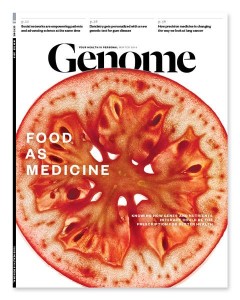Stephanie Dunn Haney never felt a sense of urgency about the pain on the right side of her chest.
The discomfort only occurred when she coughed or sneezed, and she was trying to get pregnant with her second child. Once her second daughter was born, Dunn Haney didn’t want X-rays while she was nursing. Two years passed before she saw a doctor near her home in Bloomsburg, Pennsylvania. Test after test turned up nothing. After numerous X-rays and ultrasounds, doctors thought it was a condition caused by the metal from her underwire bra. She took high doses of anti-inflammatory drugs to combat the pain. Dunn Haney worked at her job as township manager, as two years turned into three.
By 2007, the pain was more prevalent, reaching along her back and shoulder blades. Dunn Haney says she worried that the pain could mean something serious, but nothing in her history or tests pointed toward cancer. “I thought, ‘This is making me nuts. We’ve got to do something,’” says Dunn Haney, now 46. Finally, a CT scan concerned her doctors. She saw a specialist who did a PET scan, an imaging test that detects spots with metabolic activity, such as when tumors are growing. Although many spots lit up, the specialist said he didn’t think it was cancer. To be certain, Dunn Haney underwent a biopsy on a lymph node under her collarbone. The biopsy result: positive for non-small cell lung cancer.
“We were really shocked,” Dunn Haney says. She had no risk factors commonly associated with lung cancer. She’d never smoked; she was young; she had no family history. Even though smoking accounts for up to 90 percent of lung cancers in the United States, 16,000 to 24,000 nonsmokers die every year from lung cancer. In addition to tobacco-related lung cancer, environmental exposures such as radon, secondhand smoke, and asbestos increase the risk for lung cancer. “Members of a family live in the same home and eat the same diet,” says Simon Spivack, chief of the division of pulmonary medicine at Albert Einstein College of Medicine and Montefiore Medical Center in Bronx, New York. “They might be exposed to dad’s cigarette smoke.”
Read the full article at Genome Magazine »
Genome Magazine‘s mission is to explore the world of personalized medicine and the genomic revolution that makes it possible, empowering you to make informed health decisions that will help you live better and longer.


